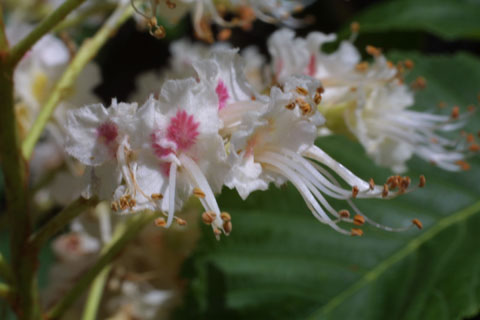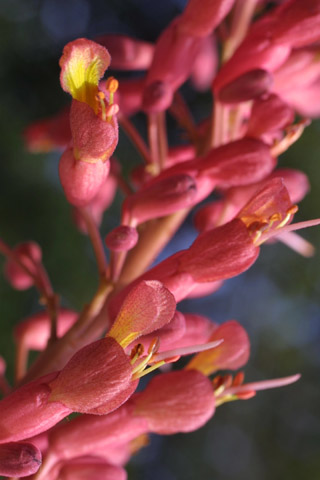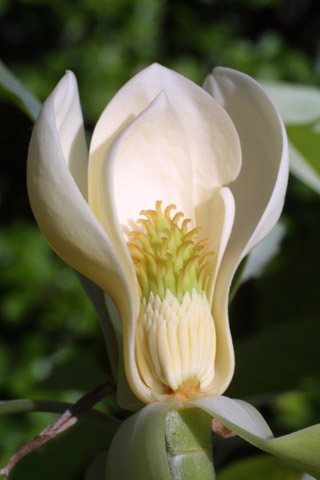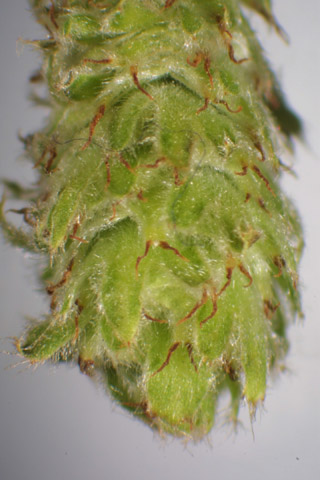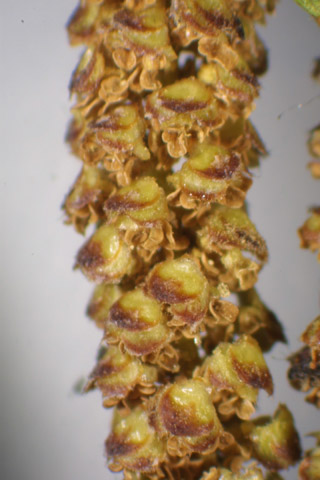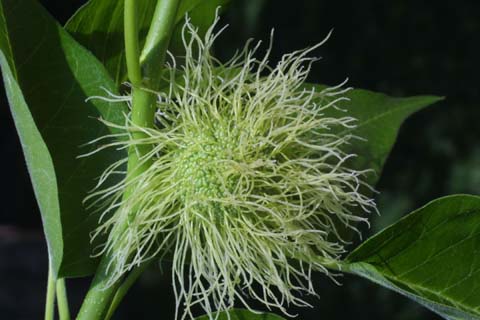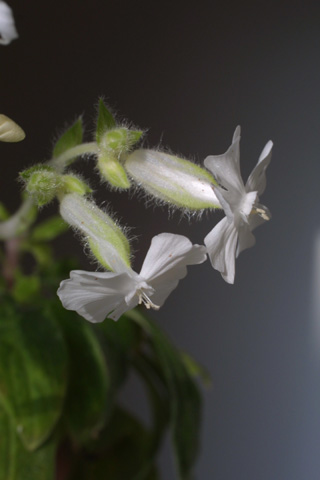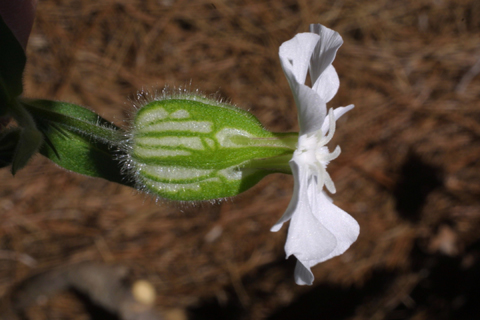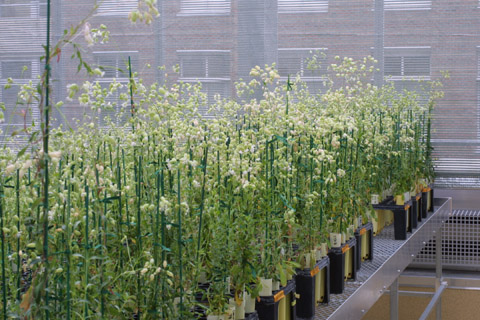Other variations: gynodioecy
Part of the population is hermaphroditic, part of the population is female.
Example: Silene
vulgaris (bladder campion)
Hermaphroditic individuals can reproduce through both seeds and pollen.
However, a small fraction of plant species display a phenomenon known as gynodioecy.
In gynodioecious species, both hermaphroditic and functionally female
individuals can be found in the same population. In some species females can
approach 50% of the population. How can females persist evolutionarily, given
that on average they have lost 50% of their reproductive potential when compared
to hermaphrodites, due to the loss of pollen?
In most gynodioecious plant species the female phenotype is due to a mutation
in the mitochondrial genome know as a cytoplasmic male sterility (CMS) factor.
Unlike nuclear genes, mitochondrial genes are usually inherited only through the
mother. That means that they are passed on to the next generation through seed
production, but not through pollen. Therefore, if a CMS mutation increases seed
production it will be favored evolutionarily, even through it cuts off pollen
production. Why should CMS factors increase seed production? Studies have shown
that in gynodioecious species, females produce more seeds than hermaphrodites
because energy that would have gone to producing pollen can now go to producing
seeds. Further, females often produce more vigorous seeds. One disadvantage to
being a hermaphrodite is that self-fertilization is possible. This inbreeding
can lead to a loss of vigor in the offspring (inbreeding depression). Since
females can not self-fertilize, their offspring are much less likely to suffer
from inbreeding depression.
